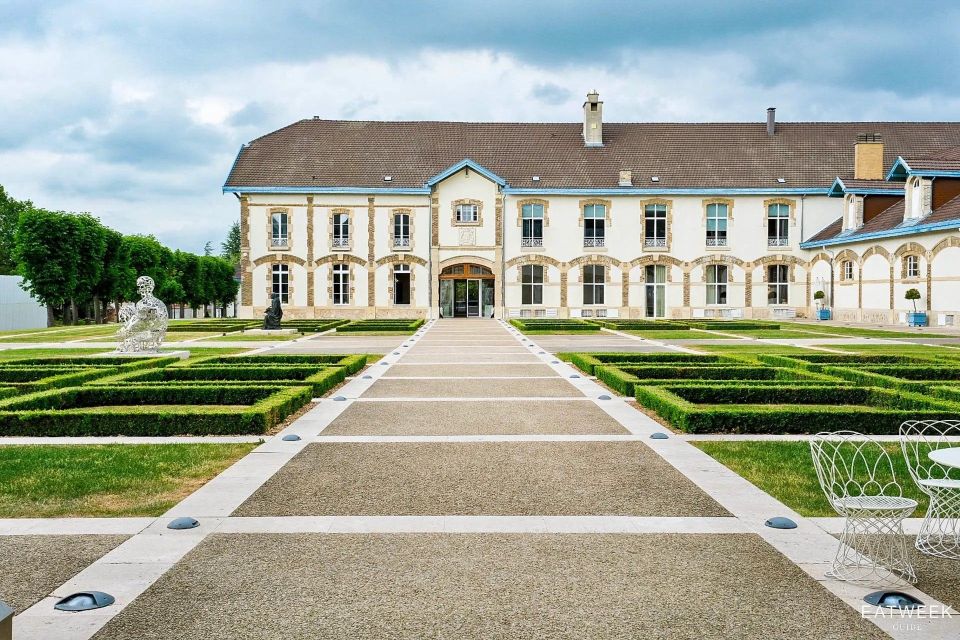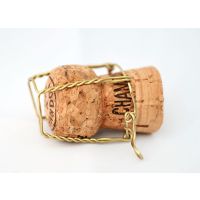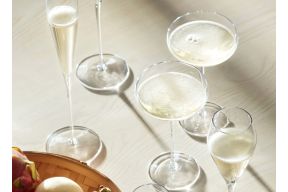A trip to France’s northeast Champagne region wouldn’t be complete without a visit to some of its famously spectacular Champagne houses. From world-renowned big brands to smaller independents, Champagne houses have been in existence for almost 300 years.
Not all Champagne houses are open to the public – you won’t be able to take a tour of the prestigious Louis Roederer, Laurent-Perrier or Pol Roger’s vineyards, for example. But luckily, most houses welcome visitors. So if you’re visiting the area, taking a cellar tour and trying some local wine is a must for all Champagne enthusiasts.
Table of Contents:
- What is a Champagne house?
- Best 10 Champagne houses to visit
- 1. Ruinart
- 2. Taittinger
- 3. Moet and Chandon
- 4. Lanson
- 5. Veuve Clicquot
- 6. Billecart Salmon
- 7. Mumm
- 8. Boizel
- 9. Pommery
- 10. Mercier
- How many Champagne houses are there?
- What is the oldest Champagne house?
- So, to summarise...
What is a Champagne house?
Champagne houses were first established in the early 1700s, as the popularity of the delicious effervescent wine grew. A Champagne house makes and markets wine, which can only be classed as Champagne if it hails from the Champagne region in France and is produced to strict specifications. You’ll find Champagne houses throughout the area, most famously in Reims, Epernay and Mareuil-sur-Ay.
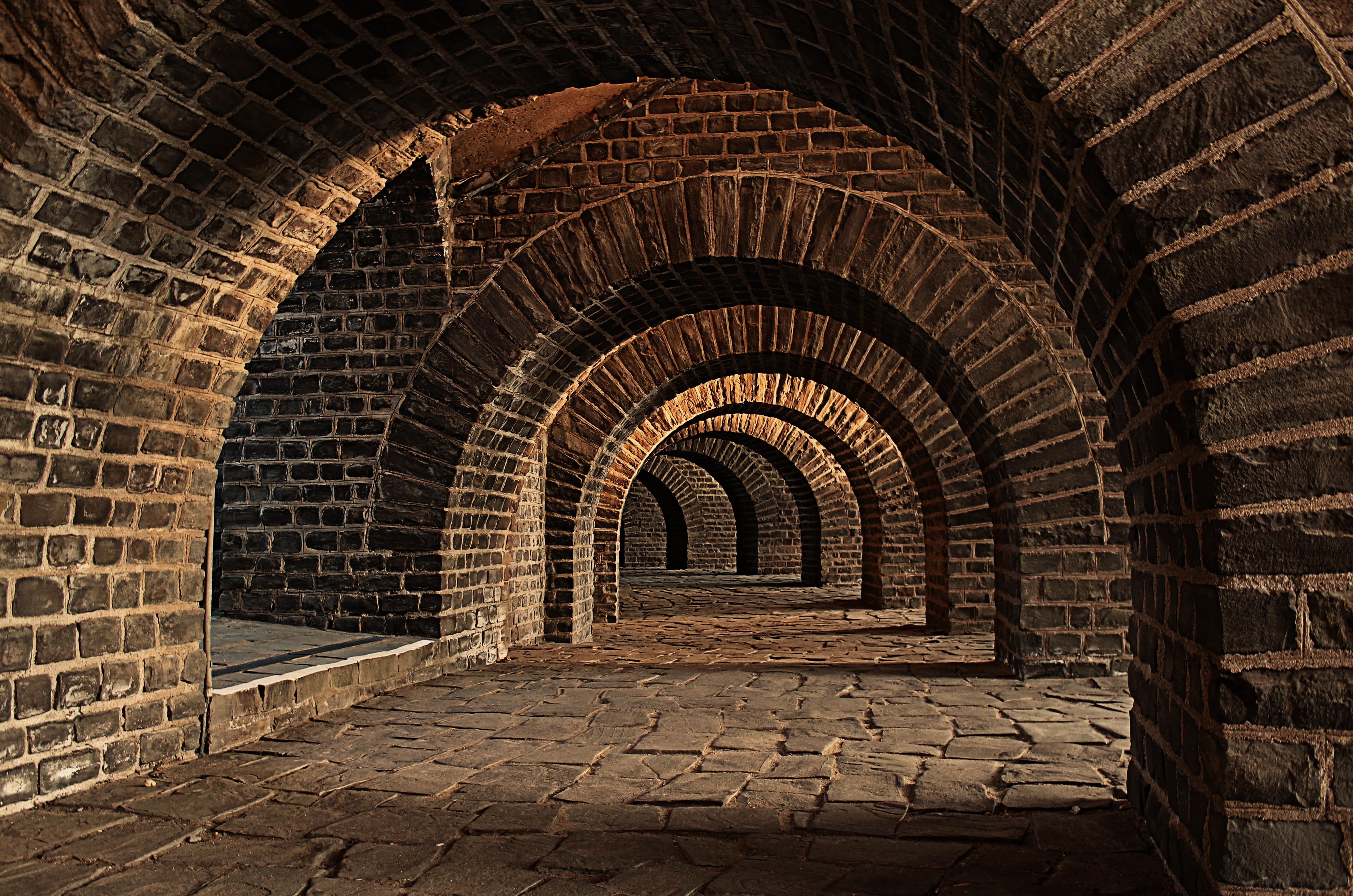
Best 10 Champagne houses to visit
With thousands of Champagne houses in the northeast corner of France, you’ll have plenty to choose from. Here are our top picks:
1. Ruinart (Reims)
As one of the oldest and most famous Champagne houses in Reims, Ruinart is definitely worth a visit. Founded in 1729 by Nicholas Ruinart, it was one of the first houses to seize the business opportunity of producing Champagne. Nicholas was so successful that King Louis XVIII granted the Ruinart family a coat of arms, still pictured on the label today.
Its spectacular cathedral-like crayères (chalk cellars) are also the deepest in the region, and the only ones classified as a national monument. Ruinart’s wines characteristically feature a high proportion of Chardonnay and popular Champagnes including:
- The award-winning rosé Champagne with ripe cherry and red berry aromas.
- Blanc de Blancs Champagne: This vegan sparkling wine has a light, fresh flavour and pairs well with seafood.
Visit the Ruinart Champagne house
Address: 4 Rue de Crayères, 51100 Reims
Tel: +33 (0)3 26 77 51 51
Opening times: Tuesday to Saturday. By appointment only.
Visit price: €70 per person
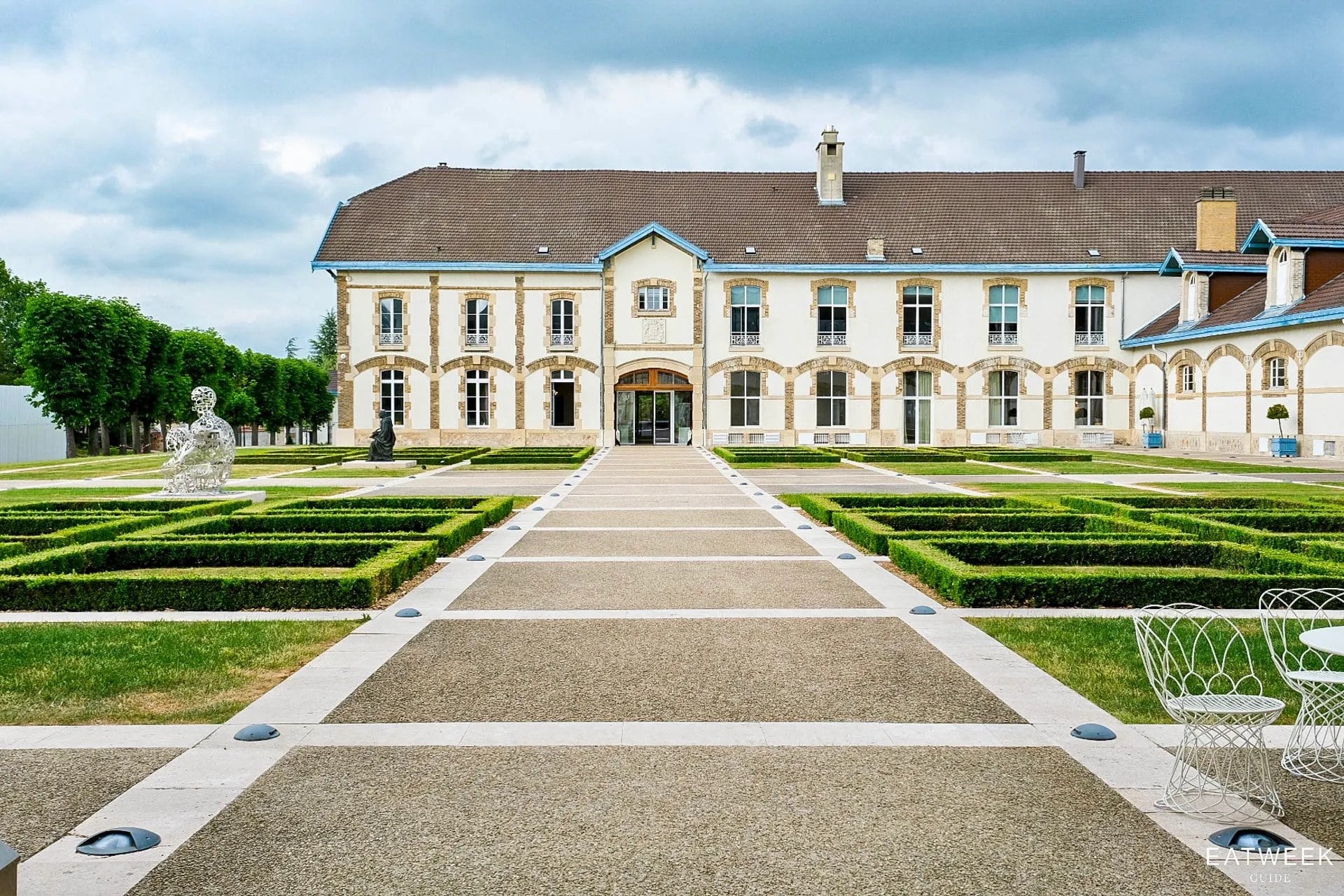
Image courtesy: Eatweekguide.com
2. Taittinger (Reims)
Founded in 1734 by Jacques Fourneaux, the world-renowned Taittinger Champagne house is named after Pierre Taittinger, who bought the vineyard in 1932. The Reims Champagne house remains in the family and is currently overseen by Pierre’s great-grandchildren Clovis and Vitalie.
Take in the impressive 4km of UNESCO-listed crayères that once belonged to the abbey of St. Nicaise. Taittinger is one of the most admired brands, and popular wines include:
- The award-winning Brut Reserve Champagne with hints of green fruit.
- Taittinger’s multi-award-winning raspberry, cherry and blackcurrant Brut Prestige Rosé Champagne.
Visit the Taittinger Champagne house
Address: 9 Place Saint-Nicaise, 51100 Reims
Tel: + 33 (0) 3 26 85 84 33
Opening times: Tuesday to Sunday. By appointment only.
Visit price: from €27 per person
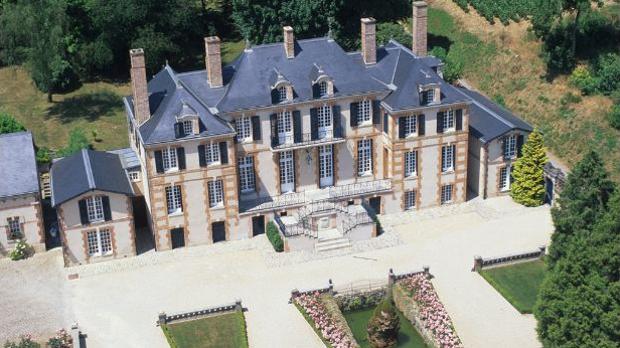
Image courtesy: Worldsbestvineyards.com
3. Moet and Chandon (Epernay)
Founded in 1743 by wine merchant Claud Moet, Moet and Chandon is one of the most successful Champagne producers in the world. In 1833, the son-in-law of Jean-Remy Moet, Pierre-Gabriel Chandon, joined the business, and the famous Moet and Chandon brand was created.
The Epernay Champagne house boasts the largest underground network of cellars at 28 km long. Since 1962, it has belonged to the prestigious French luxury group Moet Hennessy Louis Vuitton (LVMH). Popular Moet and Chandon wines include:
- The Brut Imperial Champagne is a perfectly balanced award-winning wine.
- The house’s Grand Vintage Rosé 2013 offers notes of strawberry, grapefruit and rhubarb.
Visit the Moet and Chandon Champagne house
Address: 20 avenue de Champagne, 51200 Epernay
Tel: + 33 (0) 3 26 51 20 20
Opening times: Daily 09.30 – 17.30. Booking recommended.
Visit price: from €26 to €50pp, depending on the tour.
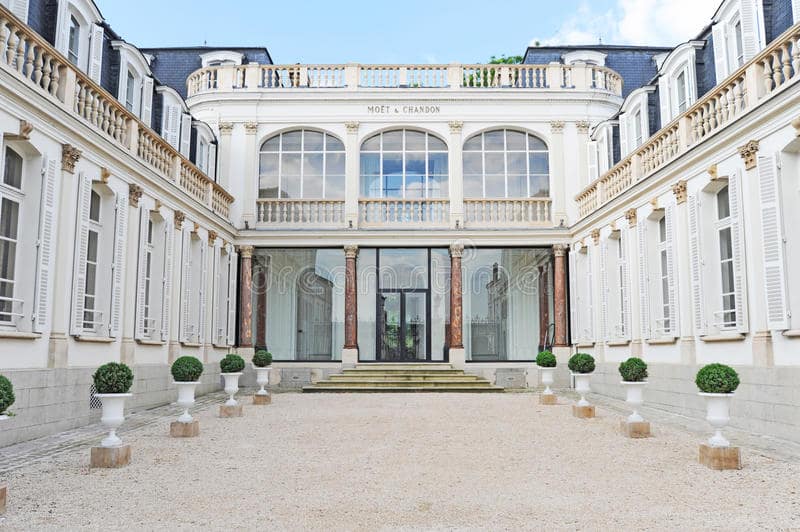
Image courtesy: Dreamstime.com
4. Lanson (Reims)
Maison Lanson is one of the oldest Champagne houses in Reims, founded in 1760 by magistrate Francois Delamotte. His son, Nicolas-Louis Delamotte, a knight of the Order of Malta, added the signature Maltese cross as the house’s emblem in 1798. Following Nicolas-Louis’ death in 1837, a close friend of the Delamottes’ Jean-Baptiste Lanson, took over the house and rebranded it to take his now famous name.
Lanson has been the sparkling wine of choice at the Wimbledon Tennis Tournament for the last quarter century, and some of its most well-known wines are:
- The Black Label Brut Champagne Wimbledon 2022 is the official wine of the Wimbledon 2022 tournament.
- Lanson’s award-winning Extra Age Blanc de Blanc is a blend of three quality vintages with notes of pear and peach.
Visit the Lanson Champagne house
Address: 66 rue de Courlancy in Reims 51100
Tel: +33 (0)3 26 78 50 50
Opening times: Monday to Saturday. By appointment only.
Visit price: from €26 to €70 per person depending on the tour.
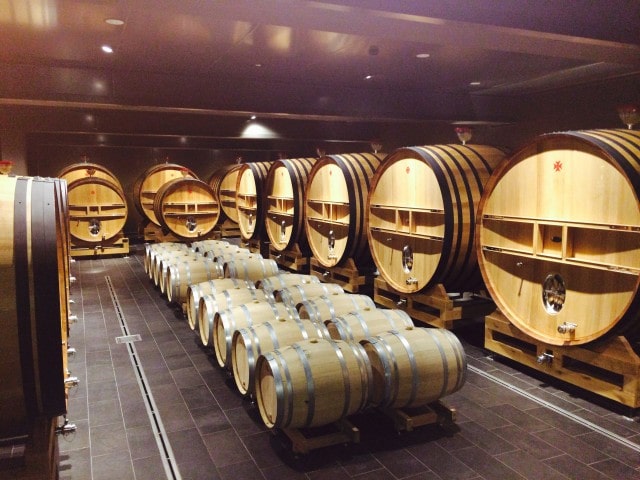
Image courtesy: Thedrinksbusiness.com
5. Veuve Clicquot (Reims)
The famous “yellow label” Champagne house, Veuve Clicquot, was founded in 1772 by wine merchant Phillipe Clicquot. In 1810, on the death of Phillipe’s son, his daughter-in-law, Nicole-Barbe, took over the house and is credited for the commercial success of the business.
Madame Clicquot is famed for creating the recipe for rosé Champagne still used by modern houses today. One of its most special displays is a 170-year-old perfectly preserved bottle found in 2010 on a shipwreck in the Baltic Sea.
Popular Veuve Clicquot wines include:
- The classic Yellow Label Brut with the signature flavour and notes of white fruits, vanilla and brioche.
- Following the original Madame Clicquot blend, the Rosé Champagne features notes of strawberry, blackberry and almond.
Visit the Veuve Clicquot Champagne house
Address: 1, Place des droits de l’Homme, 51100 Reims
Tel: +33 (0)3 26 89 53 90
Opening times: Tuesday to Saturday. Booking required.
Visit price: €30 to €55 per person depending on the tour.
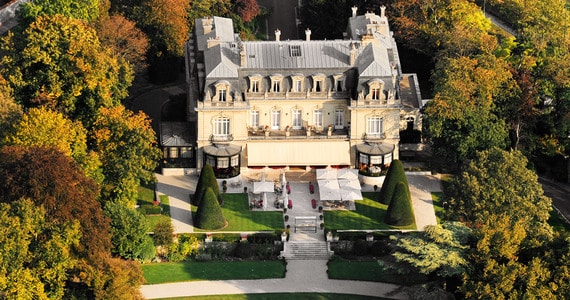
Image courtesy: Grapeescapes.net
6. Billecart Salmon (Mareuil-sur-Ay)
The Billecart Salmon house has remained in the family since its foundation in 1818, when vineyard owner Elizabeth Salmon married wine merchant Nicolas Francois Billecart. On-site you’ll not only find stunning wine cellars, but you’ll also be able to sneak a peak at the beautifully elegant walled garden with lime trees and brightly coloured flower beds.
Some of Billecart Salmon’s best-selling Champagnes are:
- It’s classic Rose Champagne with notes of red berries and citrus fruit that pairs well with venison and seafood.
- The Brut Nature Champagne perfectly blends fruity and biscuity flavours.
Visit the Billecart Salmon Champagne house
Address: 40, rue Carnot, 51160 Mareuil-Sur-Ay
Tel: +33 (0)3 26 52 60 22
Opening times: Monday to Friday. By request only.
Visit price: €30 to €50 per person depending on the tour.
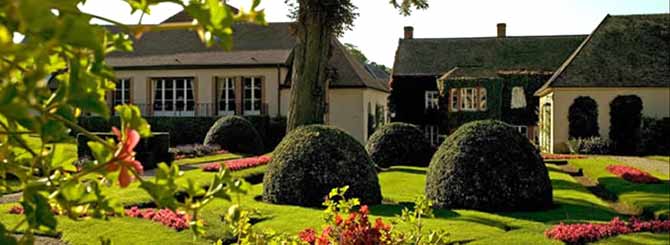
Image courtesy: Wine-searcher.com
7. Mumm (Reims)
The Mumm family lineage dates back to barons and knights of the 12th century. Although already making wine since 1761, the Mumm Champagne house wasn’t officially founded until 1827 by brothers Gottlieb, Jacobus and Philipp Mumm. Its motto “only the best” captures the quality of the wine produced by this famous Champagne house in Reims. Popular wines include:
- The award-winning Cordon Rouge Champagne is perfectly blended from 50 different wines.
- The Rose Brut Champagne with hints of redcurrant and cherry pairs well with chillies and cured meat.
Visit the Mumm Champagne house
Address: 34 rue du Champ de Mars, 51100 Reims
Tel: +33 3 26 49 59 70
Opening times: Opening times change seasonally. Check the website for details.
Visit price: starts from €26 per person.
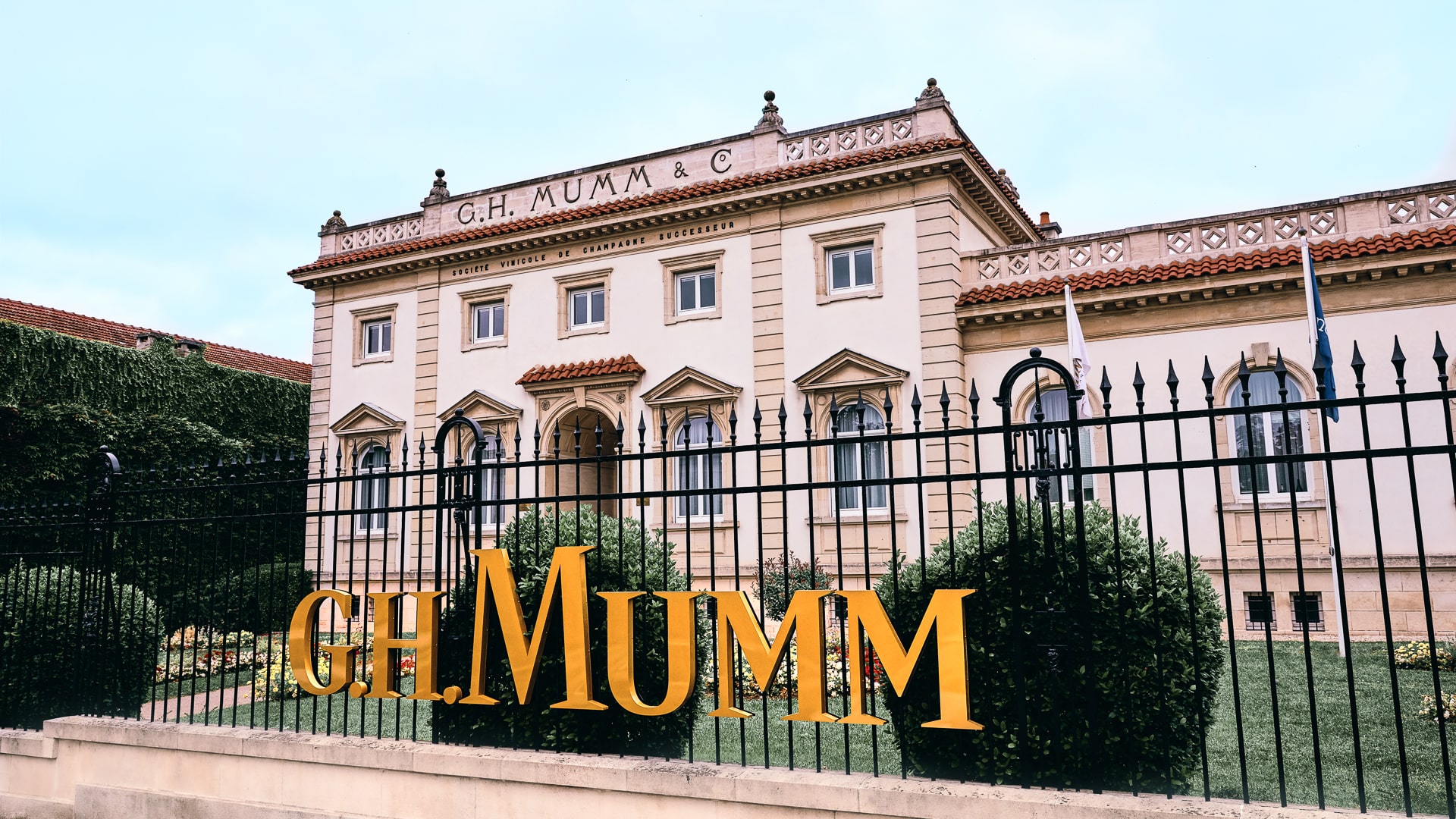
Image courtesy: Mumm.com
8. Boizel (Epernay)
Boizel, one of the leading Epernay Champagne houses, was founded in 1834 by Auguste Boizel and Julie Martin. The house is still family-run today and credited with creating the very first Blanc de Blancs wine in 1929. Priding itself on blends to suit every dinner course, some of its best-selling Champagnes include:
- Signature Brut Reserve Champagne with aromas of honeysuckle and pear.
- The Boizel Blanc de Blancs is created from the finest Chardonnay with notes of peach and green apple.
Visit the Boizel Champagne house
Address: 46 Avenue De Champagne, 51200
Tel: +33 3 26 55 21 51
Opening times: Thursday to Monday. Booking recommended
Visit price: €30 to €50 per person depending on the tour.
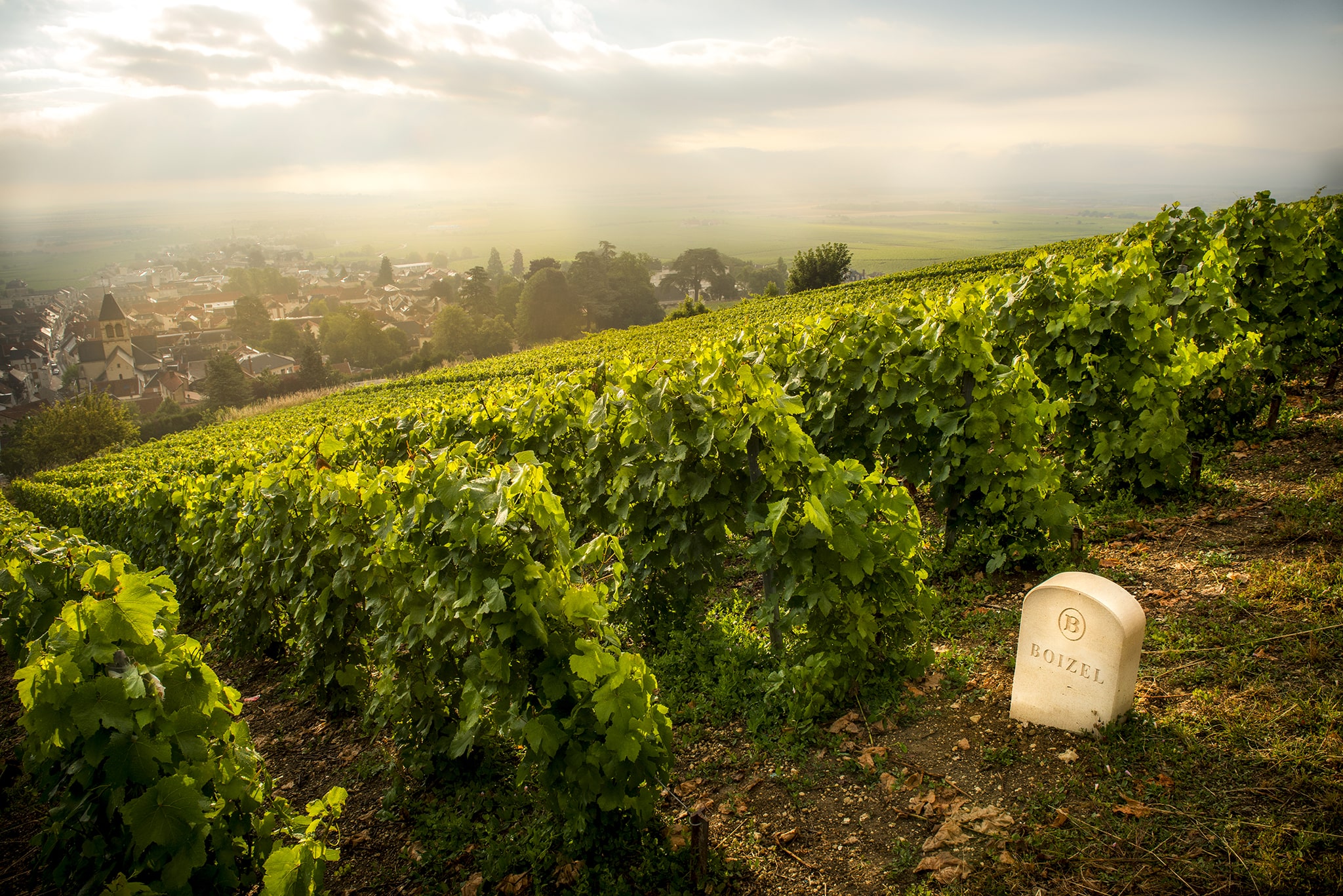
Image courtesy: Boizel.com
9. Pommery (Reims)
The Art Nouveau, UNESCO-listed cellars of the Pommery Champagne house are definitely worth a look. In 1858, Alexander Pommery and his wife Narcisse Greno started their wool trading business. Following Alexander’s death in 1860, Madame Pommery switched to Champagne production and is credited with creating the first dry Brut-style Champagne.
Famed as being one of Winston Churchill’s favourite wines, Pommery’s popular Champagnes include:
- Award-winning Pommery Brut Royal with flavours of berries and hints of citrus.
- Cuvee Louise 2004 Vintage: This special vintage has luxurious tones of grapefruit, red apple and brioche.
Visit the Pommery Champagne house
Address: 5 Place General Gouraud, 51100 Reims
Tel: +33 3 26 61 62 63
Opening times: Daily 09.30 – 18.00
Visit price: starts from €24 per person
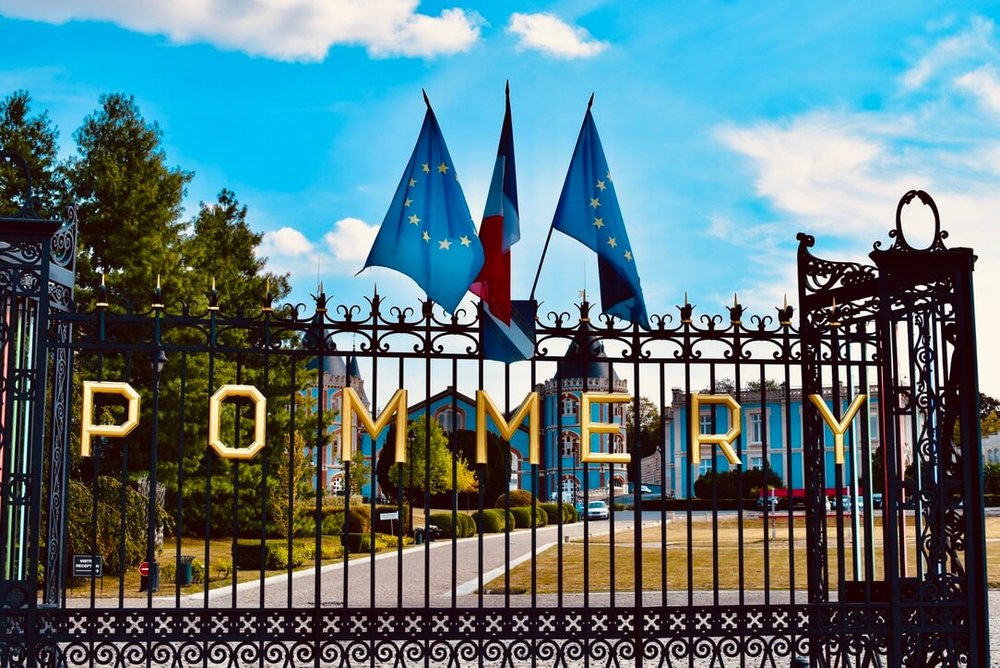
Image courtesy: Winekeller.com
10. Mercier (Epernay)
Travel through Mercier’s cellars by train, and delight at the impressive crayères and Gustave Navlet sculptures. This well-known Epernay Champagne house was founded in 1858 by 20-year-old Eugene Mercier, and is home to a huge Champagne barrel that took 24 bulls and 18 horses to transport from Paris. As the number-one selling Champagne brand in France, it has many popular wines, including:
- The perfect accompaniment to duck and fish, the Brut Champagne has notes of white fruits and baked bread.
- The Champagne Rosé Brut has an instant sweetness followed by notes of red fruits.
Visit the Mercier Champagne house
Address: 68 Av. de Champagne, 51200 Épernay
Tel: +33 3 26 51 22 00
Opening times: Monday to Friday. By appointment only.
Visit price: €25 to €40 per person depending on the tour.
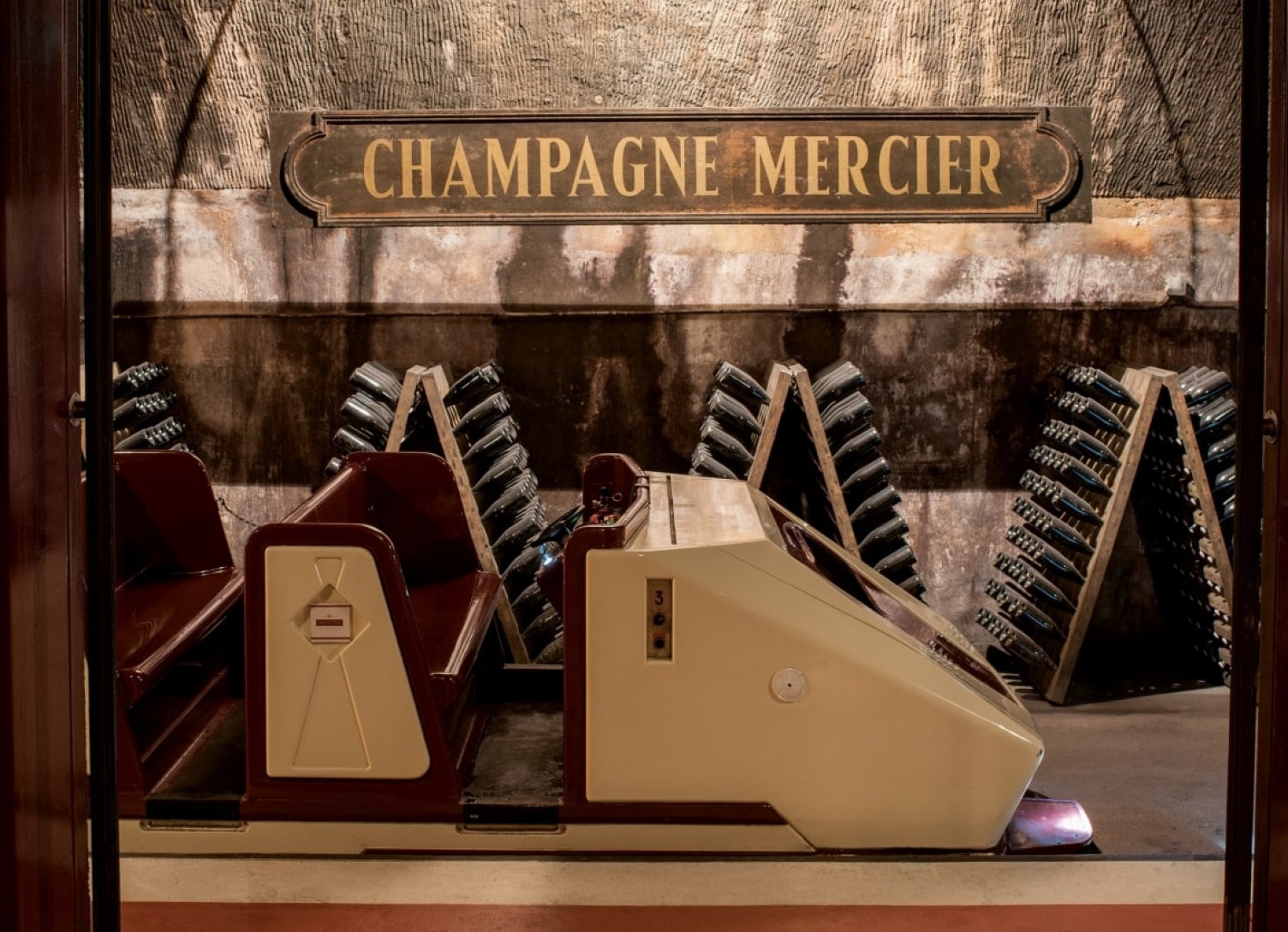
Image courtesy: Champagne-booking.com
How many Champagne houses are there?
The Champagne region is made up of 84,000 acres of vineyards that are home to more than 2,000 Champagne houses. From some of the oldest houses like Louis Roederer and Heidsieck to more modern ones, including Bruno Paillard and Thienot, you’ll find many big brands and independent, artisan winemakers in the Champagne region.
What is the oldest Champagne house?
In the early 18th century, as Champagne became the drink of choice among the French royalty and aristocracy, the need for Champagne producers skyrocketed. Ruinart was the first Champagne house to open its cellar doors in 1729, followed by Taittinger in 1734, Moet in 1743 and Lanson in 1760.
So, to summarise…
Whether it’s a tour of the famous yellow-labelled Veuve Clicquot cellars, a train ride through Mercier, or a tasting at the Billecart Salmon gardens that piques your interest, there’s sure to be an exciting Champagne house experience to suit your taste.
For more information on Champagne, check out our Champagne Guide and our blog on The History of Champagne.

